Have you ever had Pickleball Elbow? Here’s 5 tips to prevent it!
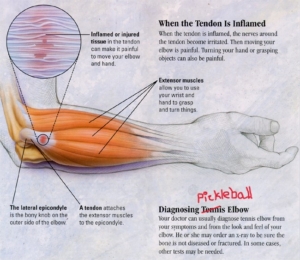
You mean Pickleball Elbow don’t you?
The game recently give me a Sour Twist and I had to come to the conclusion that the dreaded “pickleball elbow” is a thing, and my sore elbow is exactly that…lateral epicondylitis. Oh NOOOOO…sheer terror set in as thoughts of no pickleball forced beads of sweat down my brow…but do the symptoms match I ask? My elbow, yes the bony part, and the muscle tissue around it, inflamed and sore. It gets worse the more I play, and my strategies to date—playing through the pain, hoping for my over 50-year-old body to respond as a 25-year-old with a miraculous cure, or just ignoring it in the hopes it goes away—have so far, sadly, failed! However, my newest approach, after “acceptance,” has been to really focus on limited play AFTER a serious set of arm, wrist, and upper body stretches. This has slowly started to yield results. But more about the solutions later…
Why do players get lateral epicondylitis? Pickleball elbow, also known as lateral epicondylitis, is common among avid pickleball players. It occurs due to repetitive stress on the tendons that connect the forearm muscles to the outer part of the elbow. The repetitive motion of hitting the ball with the paddle, especially when done incorrectly, can lead to inflammation and micro-tears in the tendons.
What are the symptoms of lateral epicondylitis? Symptoms of pickleball elbow may include pain and tenderness on the outer part of the elbow, weakened grip strength, and discomfort when performing activities that involve wrist extension or gripping objects tightly. If you find yourself grimacing every time you reach for your pickleball paddle or experience discomfort during daily activities, you might be facing the fact you too have pickleball elbow. If you need a little more confirmation, here is a really thorough video that helped me confirm my symptoms without wasting my family Doc’s valuable time.
Prevention is always better than cure. Here are a few tips to help you avoid the dreaded pickleball elbow:
- Muscle Flexibility: Engage in regular stretching exercises to improve muscle flexibility. Focus on stretching your forearms, wrists, and shoulders before and after playing. This will help warm up the muscles, reduce strain, and increase their range of motion.
- Strength Exercises: Incorporate strength training exercises into your routine to build stronger muscles. Pay attention to your forearm muscles, grip strength, and upper body. Consult a fitness professional or physical therapist for exercises that target these areas.
- Change Your Grip: Experiment with different grips and pressures on the paddle handle. Avoid excessive squeezing or gripping too tightly. Find a comfortable grip that allows for better control and minimizes stress on your elbow.
- Improve Your Swing Mechanics: Work on refining your swing technique and court placement. Focus on using proper form, utilizing the larger muscles of your body, and avoiding excessive strain on your elbow. Seek guidance from experienced players or consider taking lessons to fine-tune your technique.
Additional Pickleball Elbow Prevention:
- Use an elbow brace or compression sleeve for extra support. However, compression of the muscle didn’t work for me.
- Take regular breaks during play to rest your muscles and prevent overuse.
- Listen to your body and avoid playing through pain or discomfort.
Treatment for Pickleball Elbow: If you’re already dealing with pickleball elbow, don’t worry! There are steps you can take to alleviate the pain and promote healing:
- Rest and Ice: Take a break from pickleball and give your elbow time to heal. Apply ice packs to the affected area for 15-20 minutes at a time, several times daily, to reduce inflammation.
- Pain Relief: I have used, sparingly, non-steroidal anti-inflammatory medicines, like aspirin or ibuprofen to reduce pain and swelling. However, this is not a long-term solution, but rather a small addition after playing, and i don’t suggest taking medications as a pre-game ” play through the pain strategy”! For some, over-the-counter pain medications can help manage the discomfort, so consult with a healthcare professional for appropriate recommendations.
- Physical Therapy: Seek the assistance of a physical therapist who can provide targeted exercises to strengthen and rehabilitate the affected muscles and tendons.
- Strengthening Stretches: Once the acute pain subsides, incorporate gentle stretches into your routine to gradually regain flexibility and prevent future injuries. Strengthening and stretching exercises are one of the most important components of recovery programs. The underlying principle of stretching is that, by lengthening the tendon during relaxation, we can reduce its stretching during offending movements. The best stretching position for the Extensor Carpi Radialis Brevis tendon is reached with the elbow in extension, forearm in pronation, wrist in flexion, and ulnar deviation of the wrist, according to the patient’s tolerance. This stretching should be held for 30- 45 s and 3 times before and after playing pickleball.

Dynamic stretching exercises for healing Pickleball Elbow
Practicing Safety in Pickleball is More Important Than Practicing Your Dink! Even though pickleball is generally easier on the body compared to other sports like tennis, it’s still essential to prioritize safety. While the court size and paddle design reduce the risk of injury, it’s crucial to train your body to use proper mechanics on the court and take care of your body off the court.
Don’t overplay and incorporate a good pre and post-prevention ritual including a proper body warm-up, dynamic and static stretching, and a decent cool-down period after each session. Listen to your body and address any signs of discomfort early on to avoid prolonged pain or injury.
Pickleball elbow may be an unfortunate reality for many players, but it doesn’t have to be a game-changer. By implementing preventive measures such as muscle flexibility exercises, strength training, adjusting your grip, and improving your swing mechanics, you can significantly reduce the risk of developing pickleball elbow. If you’re already experiencing symptoms, remember to rest, seek professional guidance, and gradually reintroduce physical activity once the pain subsides. Stay safe, take care of your body, and keep enjoying the game we all love—pickleball!
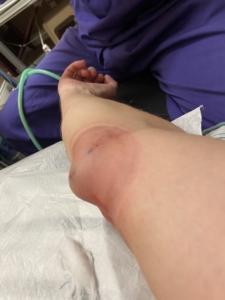 Updated: November 2023: Well, after many months of recurring injury, I surrendered my arm to Vampire doctor, who is know in my area as a Dr with unconventional tactics towards healing my arm. The process has been 10 mins of Electroacupuncture, a modern
Updated: November 2023: Well, after many months of recurring injury, I surrendered my arm to Vampire doctor, who is know in my area as a Dr with unconventional tactics towards healing my arm. The process has been 10 mins of Electroacupuncture, a modern
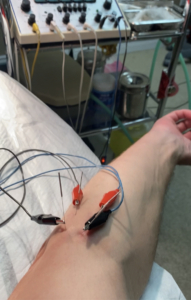
variation of acupuncture. It uses electricity to enhance the benefits of this traditional therapeutic treatment. Then Doc uses Cupping therapy, which is an ancient form of alternative medicine in which he puts special cups on my elbow skin for a few minutes to create suction. According to Doc, besides helping with pain, it also reduces inflammation by increasing blood flow to the area. Doc Simon says it’s just like an oil change. So far so good, but this time, after 6 weeks off, my goal is to slowly return to the courts, i mean playing only 30 mins to 1 hour for the first week. Hopefully, some day soon, i will see you guys out there on the courts.
Disclaimer: The content in the IPOP pickleball blog is for informational purposes only. IPOP’s pickleball blog is not intended to be a substitute for professional medical advice, diagnosis, or treatment, as IPOP is not a doctor. Always seek the advice of a qualified medical professional.
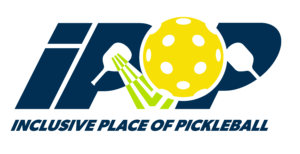
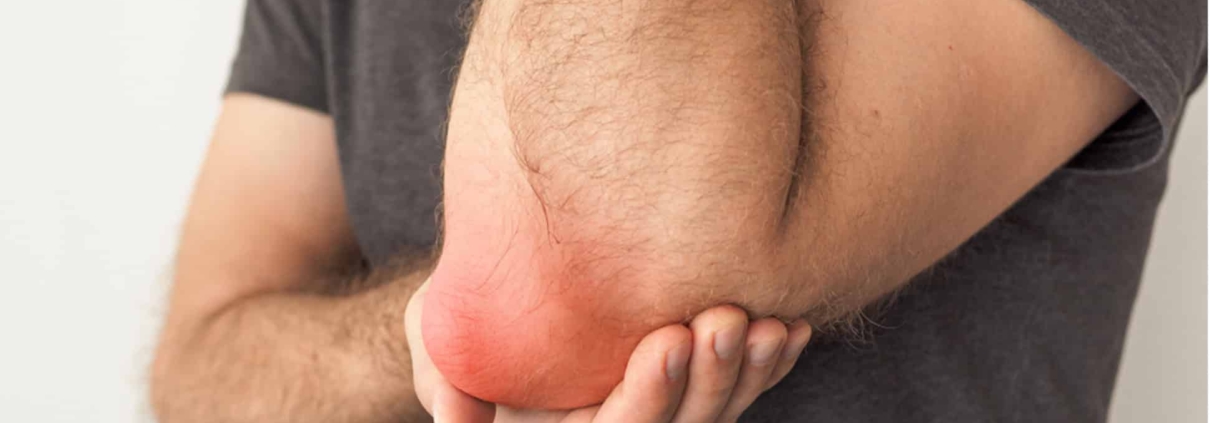
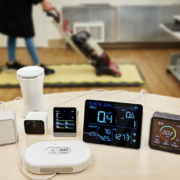

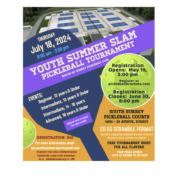
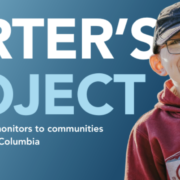
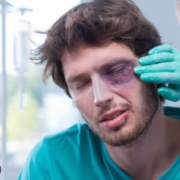

 Ipop Sports & Entertainment
Ipop Sports & Entertainment  IPOP Sports and Entertainment
IPOP Sports and Entertainment